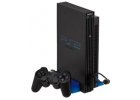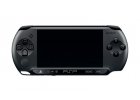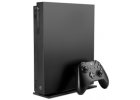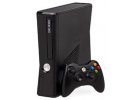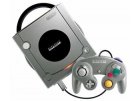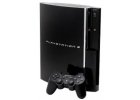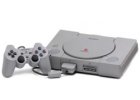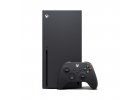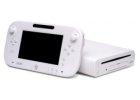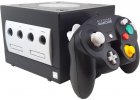The following features and functions were included with the PSP:
Design: the PSP had a slim and sleek design with a large, bright 4.3-inch LCD screen and 480 x 272 pixel resolution. It was designed for ease of hold and use, with a slick screen and ergonomic buttons.
Hardware: The PSP was equipped with a powerful MIPS R4000 processor and a graphics processor that allowed it to run games with detailed graphics and fast movement. The console also included built-in speakers, headphone output and Wi-Fi for wireless connectivity.
The PSP used a special media called Universal Media Disc (UMD), which could store up to 1.8 GB of data. UMDs were used for games, movies, and other multimedia content.
Game compatibility: the PSP supported a wide variety of games across genres, including action, adventure, sports, racing, and puzzle games. Some of the most popular games for the console included God of War: Chains of Olympus, Grand Theft Auto: Liberty City Stories, Monster Hunter Freedom Unite, and Final Fantasy VII: Crisis Core.
Multimedia features: the PSP was not only a gaming console, but also a multifunctional device that allowed music, videos, photo viewing and web browsing through its built-in browser. Users could also connect the PSP to a TV using a special AV cable.
Storage expandability: The PSP used Memory Stick Pro Duo memory cards to store games, apps, music, videos and photos. The memory cards were available in a variety of capacities, allowing users to expand storage to suit their needs.
During its life cycle, several versions of the PSP were released, bringing various improvements and changes. These models included the PSP-1000, PSP-2000 (also known as PSP Slim & Lite), PSP-3000 (with an improved screen and built-in microphone), and PSP Go (with a new foldable design, 16 GB of built-in memory, and support for digital-only games).
Although popular and successful, the PSP was eventually replaced by the newer PlayStation Vita portable console in 2011. Despite this, many gamers still enjoy the PSP and its extensive library of games. The PlayStation Portable remains an important milestone in the history of portable game consoles and has influenced subsequent generations of portable devices.



